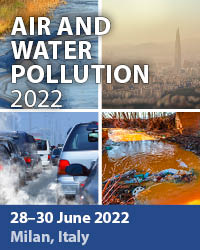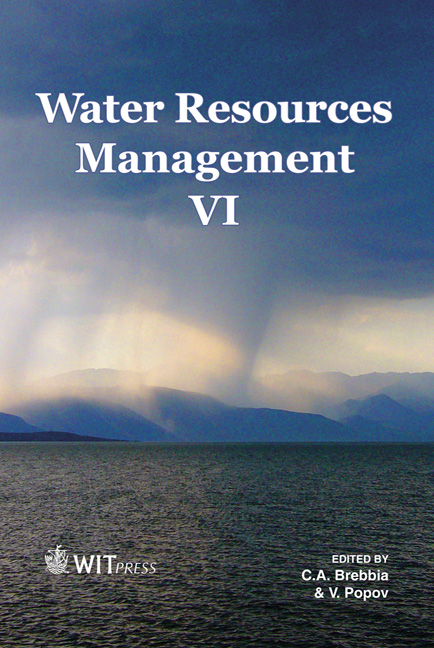The Hydrological Aspects Of Sustainable Development
Price
Free (open access)
Transaction
Volume
145
Pages
13
Page Range
125 - 137
Published
2011
Size
424 kb
Paper DOI
10.2495/WRM110111
Copyright
WIT Press
Author(s)
R. Vedom
Abstract
The purpose of this article is to introduce the Harmonized Frequencies Analysis™ (HFA), the method that considers the water cycle dynamics at various scales, and to investigate its ability to assess the watershed development process in order to specify the hydrological criteria for its sustainability. The method is based on the Law of the Structural Stability of Systems and considers river flow as an intrinsic part of the entire water dynamic system which is responsible for temperature control. The Humber River watershed, the lower part of which is highly urbanized and contaminated, was assessed for sustainability at hourly, daily, monthly, and yearly scales for the period of 1953-2006. The quantitative increase of the base and inter components of river flow caused by the conventionally proper storm water management in combination with the increasing contamination and lack of vegetation resulted in alteration of the water cycle’s functional profile, i.e. the drainage function took over the temperature control. This is characterised by the increasing trend of instability at all scales, pulling out tornado as the mechanism of self-stabilization at the hourly scale. Based on the analysis results, we concluded that HFA is the reliable tool for the watershed sustainability assessment, which is defined as the functional stability of the hydrological cycle within a developing spacetime. Keywords: indivisibility of hydrosphere, dynamic structure of hydrosphere, Harmonized Frequencies Analysis, sustainable development.
Keywords
indivisibility of hydrosphere, dynamic structure of hydrosphere,Harmonized Frequencies Analysis, sustainable development





